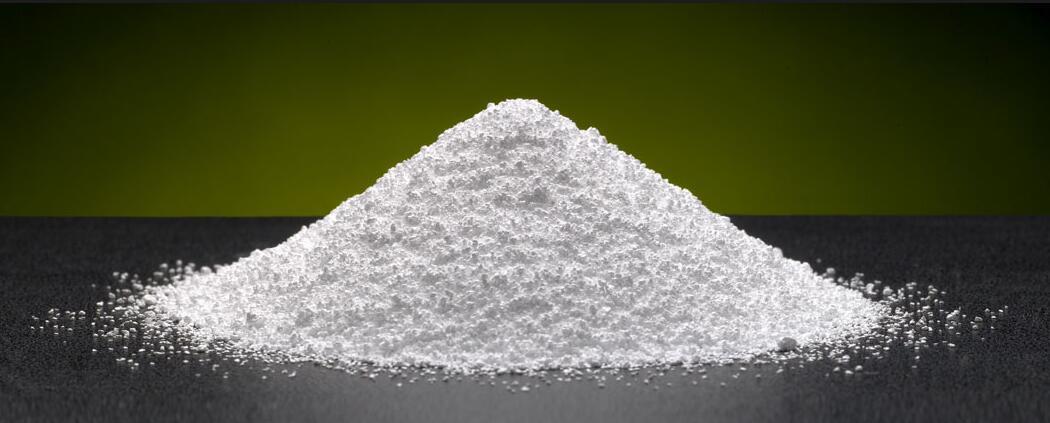Temperatures above 77°C are not favorable for components of most elastomers and plastics, whereas PTFE withstands temperatures as high as 260°C. Even below 77°C, if acids corrosive to metals and organic solvents are combined, liners and components of PTFE are often preferred because elastomers and other plastics often lack resistance to solvent swelling and softening.

By Chemical inertness, we mean that PTFE fluorocarbon resins can be in continuous contact with another substance with no detectable chemical reaction taking place. In general, PTFE fluorocarbon resins are chemically inert. Nevertheless, this statement, like all generalizations, must be qualified if it is to be perfectly accurate. The qualification will not lead to confusion, however, if one keeps in mind the basic facts about the behavior of PTFE resins.
The usual description summary of various test data can be misleading, for it may lump together fundamentally different types of “Chemical” behavior. If the description is to be clear, it must distinguish between strictly chemical reactions and physical actions such as absorption. The description must enable the user to take into account the interrelationships of the physical and chemical properties which may affect a particular application.
For example, PTFE resins will be unaffected by immersion in aqua regia. Yet if the temperature and resultant pressure of this reagent become high, absorption of the components of the reagent into the resin will also increase. Subsequent fluctuations, such as sudden pressure loss, can then be physically damaging due to expansion of the vapors absorbed in the resin. Obviously, then, when we talk about the chemical properties of PTFE we must distinguish between strictly chemical reactions, as we expressed in terms of “Chemical compatibility” and physical actions, such as “absorption” combined with mechanical and thermal stress.
Within normal use temperatures, PTFE resins are attacked by so few chemicals rather than tabulate the chemicals with which they are compatible. These reactants are among the most violent oxidizers and reducing agents known. Elemental sodium in intimate contact with fluorocarbons removes fluorine from the polymer molecule. This reaction is widely used in anhydrous solutions to etch the surfaces of PTFE so that the resins can be adhesive bonded. The other alkali metals (potassium, lithium, etc.) react similarly.
Intimate blends of finely divided metals powders (e.g., aluminum or magnesium) with powdered fluorocarbon resins can react violently when ignited, but the ignition temperatures are far above the published recommended maximum service temperature for PTFE resins. The extremely potent oxidizers, fluorine (F2) and related compounds (e.g., chlorine trifluoride, CIF3), can be handled by PTFE only with great care and recognition of potential hazards. Fluorine is absorbed into the resins, and with such intimate contact the mixture becomes sensitive to a source of ignition such as impact.
In some instances at or near the suggested service limit temperature of 260°C for TFE & PFA, and 204°C for FEP, a few chemicals at high concentrations have been reported reactive toward PTFE. Attack similar to the sodium etch has been produced at such high temperatures by 80% NaOH or KOH, metal hydrides such as boranes (e.g., B2H6), aluminum chloride, ammonia (NH3), and certain amines (R-NH2) and imines (R = NH). Also, slow oxidative attack has been observed by 70% nitric acid under pressure at 250°C. Special testing is required when such extremes of reducing or oxidizing conditions are approached.
Hence, with exceptions as noted, PTFE resins exhibit a very broad range of chemical and thermal serviceability. But the purchaser or specifier of components of PTFE also needs to know and understand its limitations in regard to the more usual chemical environments. Unlike the limitation of metals, these normally are not chemical buy physical in nature. The effects of temperature, pressure, and absorptivity of the chemicals in PTFE, and their interaction, are what in time usually limit the conditions under which PTFE will perform satisfactorily. Since this is different from almost any other material of construction, it requires careful consideration of the more detailed explanations which follow.
Post time: Oct-04-2019

